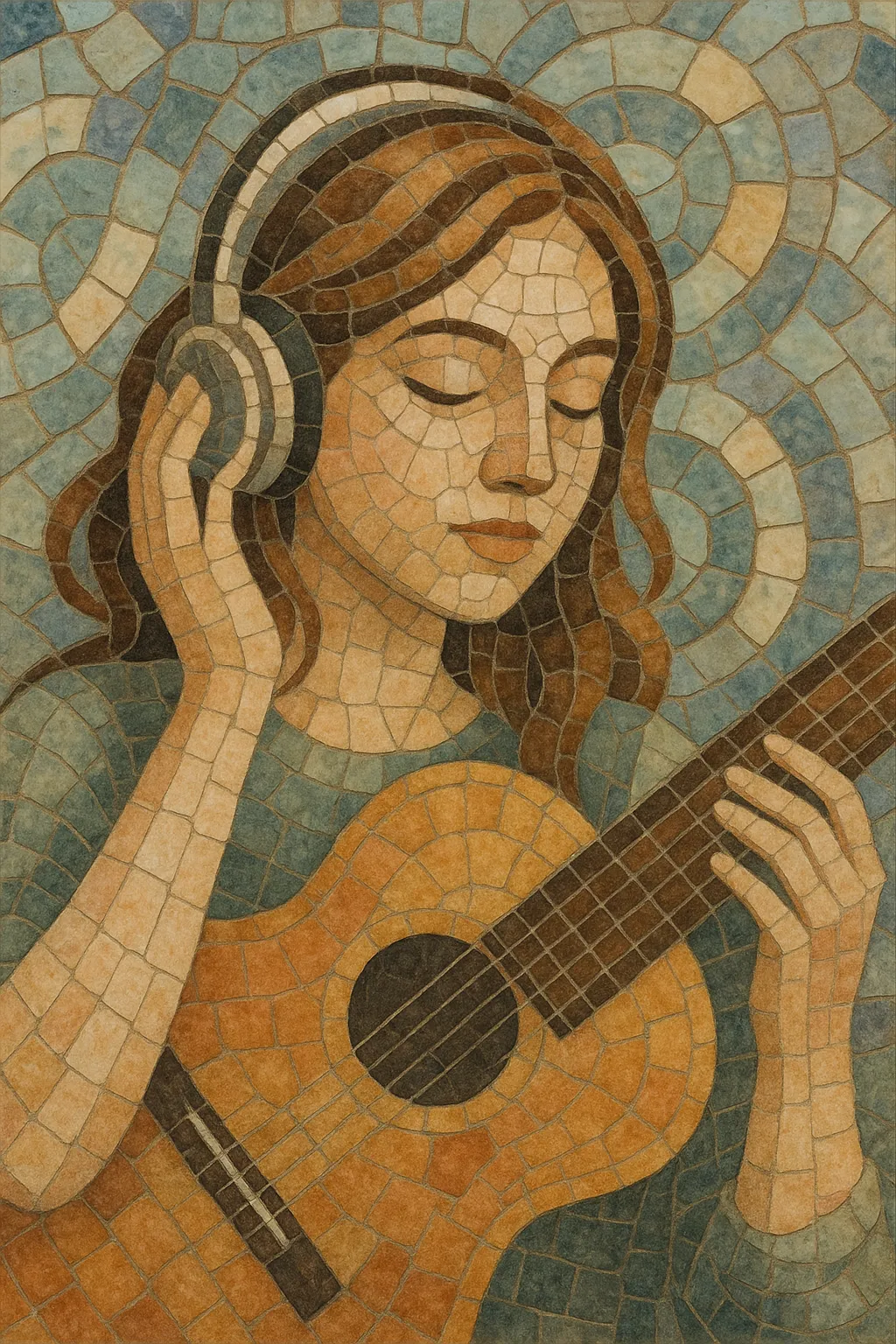Soft pop is a mellow, melody‑forward branch of pop that prioritizes smooth vocals, tasteful arrangements, and emotionally accessible songwriting.
Typically slower to mid‑tempo, it trades high‑energy rhythms for gentle grooves, uses warm acoustic or clean electric guitars, piano, light drums, and string or soft synth pads, and favors polished, radio‑friendly production. Hooks are memorable yet understated, and lyrics often center on romance, reflection, and nostalgia.
Soft pop intersects with soft rock and adult contemporary but stays closer to classic pop craftsmanship and crooner‑style intimacy, emphasizing tunefulness, close‑miked vocals, and lush harmonies over rock grit or dancefloor drive.
Soft pop crystalized in the early 1970s United States out of late‑1960s pop currents—sunshine pop’s lush vocal stacks, baroque pop’s orchestral touches, Brill Building songcraft, intimate singer‑songwriter balladry, and easy listening production. It shared DNA with the emerging soft rock sound, but remained more pop‑centric in structure and vocal presentation.
The format flourished on FM radio and TV variety shows, where pristine vocals, string arrangements, and gently swinging rhythms translated well. Artists delivered highly crafted, hook‑rich singles and crossover ballads that appealed to broad adult audiences without alienating pop listeners.
As radio segmented, soft pop’s aesthetics helped shape and feed the adult contemporary format. Production absorbed digital reverbs, electric pianos, and smoother synth pads, while the songwriting stayed focused on romance, reassurance, and reflective storytelling. The line between soft pop, soft rock, and AC often blurred.
Soft pop qualities—intimate vocals, slow‑to‑mid tempos, plush harmony, and delicate dynamics—persist in pop ballads, singer‑songwriter crossovers, and bedroom‑recorded micro‑scenes. International styles (e.g., city pop revivals, J‑ and K‑pop ballads) have re‑circulated its palette, while modern productions pair its warmth with contemporary mixing and subtle electronic textures.


